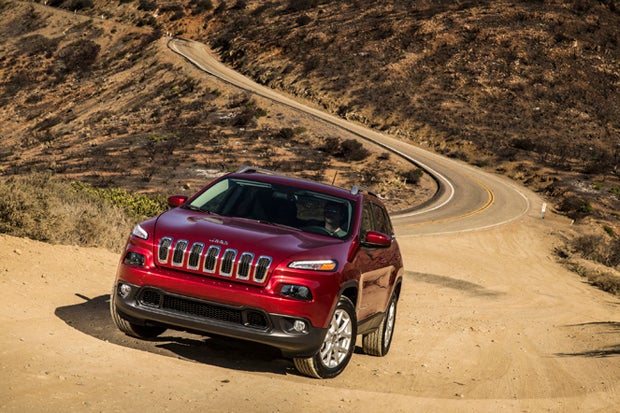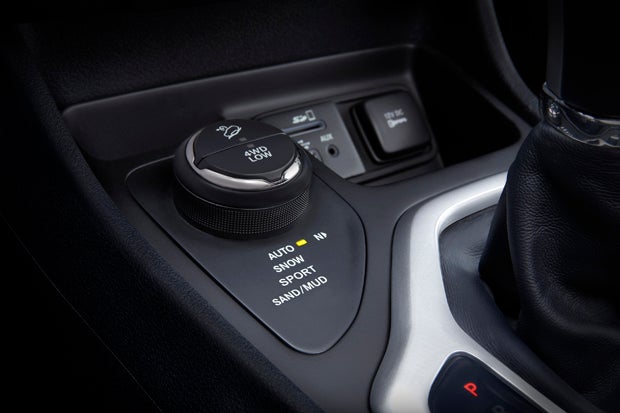
If you have a four-wheel drive vehicle, particularly a part-time four-wheel drive vehicle as opposed to an all-wheel drive one, there’s a good chance it has two four-wheel drive modes: Four-wheel drive hi (or high) and four-wheel drive lo (or low).
While you might question why automakers are spelling it “hi” and “lo” instead of the more-accurate “high” and “low,” the better question is, what’s the difference? The next-best question is when do I need each mode, if my vehicle is so equipped?
On dry pavement, the answer is easy – you simply need to be in two-wheel drive. Even many dirt or gravel roads are safe to tackle in two-wheel drive. But off-road or during inclement weather, it’s slightly trickier.
As a short primer, let’s first look at the system most 4x4s employ. Most four-wheel-drive vehicles are fitted with a transfer case that allows the user to shift between two sets of gear – one high and one low. The lower gearing, which requires more revolutions of the engine to make one revolution at the wheels, essentially adds more torque to a 4x4 to scale obstacles or steep off-road trails.
.jpg)
So when should you use hi or lo?
For snow, four-wheel hi is typically good enough to dig through the white stuff, and even at speeds above 25 mph on the highway it can offer additional traction. In general, four-wheel drive hi is better for off-roads speeds much faster than a crawl on surfaces that are too slippery for two-wheel drive. Four-wheel drive high can be helpful in gaining traction on hills and steep climbs, too. Same goes for mud. Although you can tackle rough dirt and gravel roads in two-wheel drive, sometimes it’s beneficial to switch to four hi to simply help smooth out the ride.

Since four-wheel drive low adds torque through lower gearing, it can be useful for extremely steep hills, trails with loose rock or soft sand, rock crawling, and other off-road situations where a little extra torque is needed. That’s the main difference – you engage four-wheel drive lo in crawl-speed situations and/or in situations that present an extra degree of difficulty. Four lo helps reduce wheel spin, and that’s crucial to maintaining vehicle control when off of the pavement.
A couple notes here: If you can you select between two-wheel drive, four-wheel drive, and four-wheel drive lo, there’s a good chance you have a vehicle with part-time four-wheel drive. In order to avoid driveline bind-up, you should keep your vehicle in two-wheel drive on dry pavement. Full-time all-wheel drive systems, however, can be used on drive pavement (typically the vehicle’s computer chooses which wheels should receive the torque, anyway) and some of these systems do have a “lo” range that is safe to use on dry pavement. There are also vehicles that let you choose between two-wheel drive and all-wheel drive systems that are safe for use on pavement.
![]()
Hopefully that clears up when to use “hi” and “lo” with regards to four-wheel drive. Why automakers persist on using incorrect spelling, that’s harder to answer.
MORE OFF-ROAD STORIES
5 Reasons You Need a 4x4


 Your Privacy Choices
Your Privacy Choices